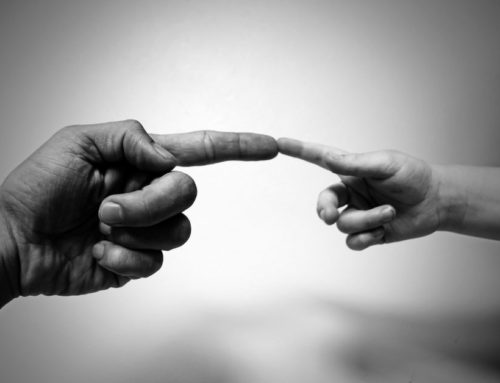Sitting in silence, on a cushion, crossed-legged, straight-spined and still. A bit of a nightmare, right?
I introduced a group of women to mindfulness recently. After a short taster I asked for their reflection. No volunteers. Finally someone uttered that it was good. Another faint voice followed with a hesitant “relaxing” comment. Many stayed quiet, probably disappointed and too polite to say, that the bliss they expected never arrived. Was it just me who spent the “mindful” moments fixated on my sore buttocks, obsessing about tomorrow’s meeting at work and fighting the urge to play with my hair?
For many of us, even those past their 4th birthday, it is hard to achieve comfortable stillness, whether physical or mental. ADHD might make this glorious state seem especially remote: we tune into ourselves in hope for tranquility only to have the unsettling chaos and overwhelming noise we are so desperate to escape brought to the centre of our consciousness. It is justified to question one’s sanity following such attempts!
What is mindfulness?
There has been a buzz around mindfulness and for a good reason, too. Numerous studies confirm what has been known for centuries: frequent mindfulness practice, while not a magic pill, supports well-being and ultimately mental health. Folks with ADHD and other challenges should pay attention, therefore (pun very much intended): mindfulness might help you with focus, impulse control, low mood, anxiety, to name just a few areas of our common and oh-so-frequently-fought battles.
One catch is that it can only work when actually practiced, ideally every day (sorry). More like a change of lifestyle rather than a two-week crash diet, is what I’m talking about. Even if mindfulness sometimes brings into consciousness things what we’d rather push far, far away, it definitely nudges us to be present with the wholesomeness of life. In mindfulness we also train the mind to suspend judgment, and, oh boy, is it a skill that can make the world a better place. We exercise self-kindness and acceptance of the momentarily status-quo: much of what is already is, so you might as well, hm, recognise that in this moment this really is, regardless of whether you like it or not…? Makes some sense, tell me it doesn’t. Last, but definitely not least, we practice gratitude for all the daily greatness we overlook. It’s an instant mood booster, go ahead and test it out!
So what do I do?
You likely have figured out where I’m going with this – and you don’t have to sit still to practice. It really is ok if you find it hard, I hope you know that. Mindful living means a lot of things, including enjoying the smell, taste and textures of your ice-cream. Racing on your bike through a fragrant forest, diving into wild ocean waves, enjoying the softness of your paintbrush as it smears colours on the page and singing your lungs out in the shower – as long as you’re present with your activity. It doesn’t mean being free of thoughts either, you are already being mindful when you notice whatever fills your mind.
Here is one way you can be mindful while active, step by step, so to speak:
- Starting to walk at a comfortable pace (or running if you feel particularly energetic – we’re noticing our body’s needs and honouring them). You can walk around your room, on a picturesque beach, in an overpriced fitness outfit or sweat pants. Take a pick and off you go.
- Taking a few deep, conscious breaths. Let the air fill your lungs. Exhale fully.
- Noticing the sensations in your body, whatever draws your attention. (If something distracts you notice that and gently come back to the body).
- Noticing your thoughts. If judgment appears, and it likely will, just noticing it is enough, and letting it pass – a thought is no more than a temporary event. Apply self-kindness to whatever you notice.
- Consciously shifting attention outwards. Noticing your surroundings and allowing yourself time to take in the view, the smell, the sounds. There is no need to strive towards a specific experience.
- Bringing your attention back to your awesome body (yeah, pretty awesome). It can be the breath in your chest or nostrils. Your feet as they hit the ground, thigh muscles, shoulders or whatever body part that attracts your attention.
And that’s it. See what happens when you make your practice longer or shorter. Check it out on different days and different times as your experience will likely vary. Play and experiment, adjust and make it yours.
A word of caution if you are a trauma survivor: if you find paying attention to anything specific triggering, redirect your attention away and towards neutral stimuli. You can greatly benefit from mindfulness, just be sure that you have a skilled mindfulness teacher to guide you.
Mindful is the new cool, let’s go and live here now.



